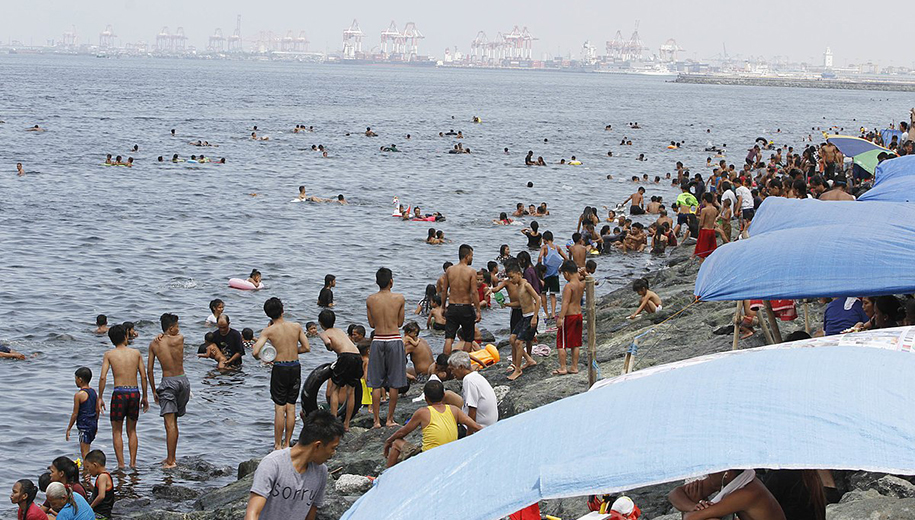13/05/20
Deadly humidity events accelerating – study

By: Fiona Broom
Send to a friend
The details you provide on this page will not be used to send unsolicited email, and will not be sold to a 3rd party. See privacy policy.
Deadly humid heatwaves that exceed the upper tolerance of the human body are happening decades earlier than expected under climate change models, researchers say.
According to a research paper in Science Advances published last week (8 May), thousands of episodes of extreme heat and humidity have happened across Asia, Africa and South America, as well as Australia and North America.
“Previous studies projected that this would happen several decades from now, but this shows it’s happening right now,” says lead author Colin Raymond, who carried out the research as a PhD student at Columbia University’s Lamont-Doherty Earth Observatory.
“Humid heat is more dangerous than dry heat since sweat does not evaporate in humid conditions and so the human body cannot cool itself.”
Richard Betts, chair in climate impacts at the University of Exeter and head of climate impacts at the United Kingdom’s Met Office Hadley Centre.
The study looked at instances where the so-called wet-bulb temperature reached 35°C – the temperature at which sweat stops evaporating from human skin. A wet-bulb reading is taken by passing air over a thermometer with a wet cloth wrapped around it.
Tens of thousands of people have died and suffered serious health impacts in heatwaves this century, while extreme heat-humidity combinations doubled between 1979 and 2017, according to the study.
It says repeated heat-humidity incidents appeared in much of India, Bangladesh and Pakistan, along the coasts of the Red Sea and Mexico’s Gulf of California.
The highest readings occurred 14 times in the Saudi Arabian city of Dhahran, in Qatar and Ras Al Khaimah in the United Arab Emirates. Parts of southeast Asia, southern China, subtropical Africa and the Caribbean were also hit.
This crucial study illustrates “a key impact of global heating”, says Richard Betts, chair in climate impacts at the University of Exeter, who was not involved in the study.
“It is quite logical that as global temperatures rise, sooner or later conditions will start to approach the upper end of the range we can tolerate,” Betts says.
“Humid heat is more dangerous than dry heat since sweat does not evaporate in humid conditions and so the human body cannot cool itself. This research shows that dangerously hot, humid conditions are already occurring more often.”
At the 2018 UN climate change conference in Katowice, Poland, Betts argued in favour of using ‘global heating’ to describe how anthropogenic climate change is altering the earth’s energy balance. ‘Heat’ is energy, while ‘warm’ is a description of the temperature, he says.
The study’s findings link climate modelling to realities on the ground, says Tarun Gopalakrishnan, deputy programme manager at India’s Centre for Science and Environment climate unit, who was not involved in the study.
“The discussion in this study advocates complementary use of satellite data-based climate modelling with ground-level and lower-atmosphere-level observations,” he says. “If used right, that is a move towards climate science for the most vulnerable.”Gopalakrishnan says there is general awareness in some coastal states in India that humidity exacerbates extreme heat.
The international community should heed this new data and act on climate change mitigation and adaptation, both scientists argue.
“Adaptation measures that allow people and animals to keep cool are becoming crucial in the hotter, humid parts of the world,” says Betts, who is also head of climate impacts at the United Kingdom’s Met Office Hadley Centre.













